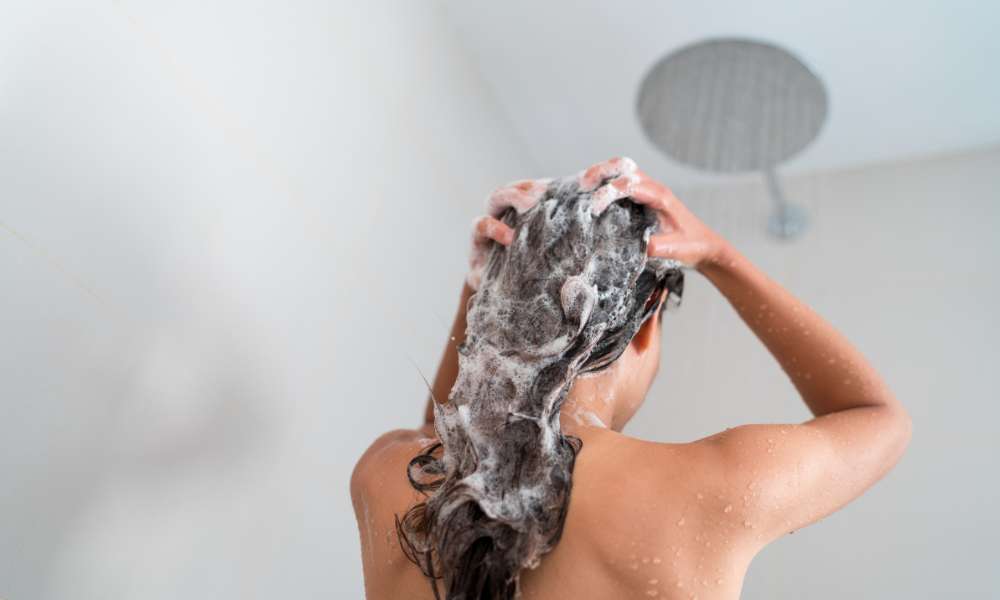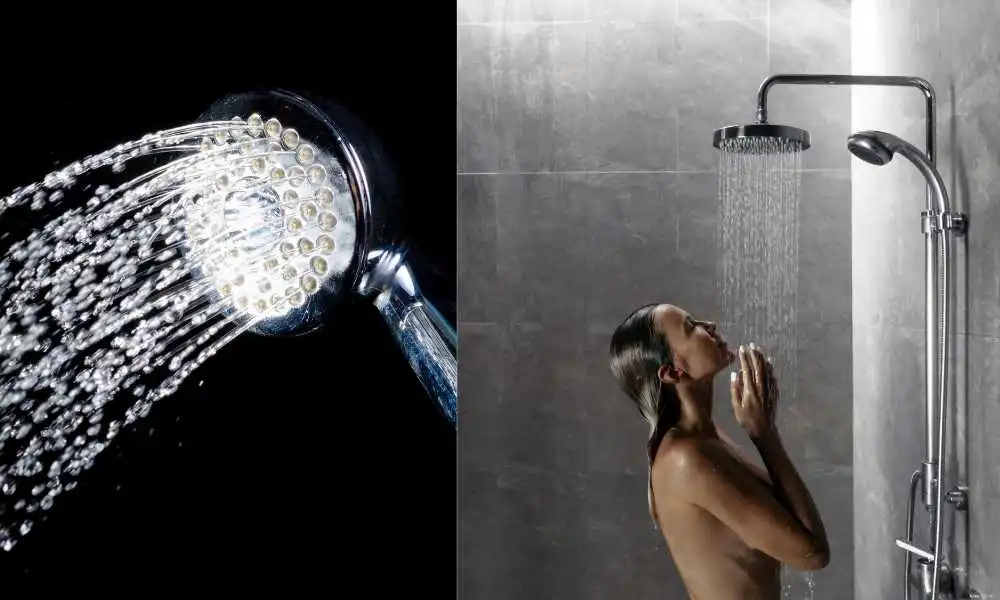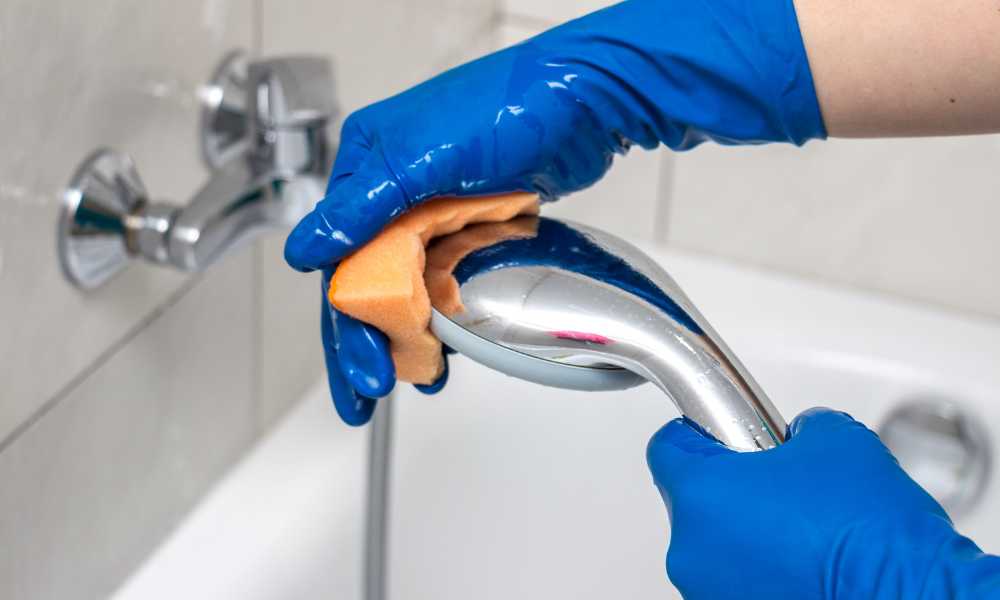Determining the optimal frequency for shampoo your hair is a topic that garners much attention and debate among hair care enthusiasts and experts alike. This crucial aspect of personal grooming varies significantly based on individual shave types, scalp conditions, and lifestyle choices. Striking the right balance can lead to healthier, more vibrant shaves, making it essential to understand your specific needs. By considering factors such as hackle texture, oil production, and daily activities, you can tailor your shave care routine to ensure your locks remain clean, but not stripped of their natural oils.
How Shampoo Works?
Understanding how often to shampoo your hair begins with a basic knowledge of how shampoo works. Shampoo is designed to cleanse the scalp and shave by removing excess oil, dirt, and product buildup. It contains surfactants, which are compounds that help lower the surface tension between the oil and water, allowing them to mix and enabling the dirt and oil to be rinsed away. Additionally, shampoos often include ingredients meant to moisturize, strengthen, and enhance the hair’s appearance and feel. However, the frequency with which one should use shampoo varies, as overuse can strip the hackle of its natural oils, leading to dryness and potential damage, while underuse can leave the shave looking greasy and unkempt.
Is It Okay To Shampoo Every Day?
The question of whether it’s okay to shampoo every day has a multifaceted answer that depends largely on individual hair type and scalp condition. For those with very oily scalp conditions or those who engage in daily activities that lead to sweat and dirt buildup, daily shampooing might be necessary to maintain scalp health and hygiene. However, for most people, daily shampooing is not recommended as it can lead to the aforementioned stripping of natural oils, resulting in dry, brittle shave. Those with dry, curly, or coarse hair types may find that shampooing once or twice a week is sufficient. Ultimately, the key is to listen to your shave and scalp’s needs and adjust your shampooing frequency accordingly, perhaps supplementing with conditioner or other shave care products on non-shampoo days to maintain moisture and hackle health.
Factors Influencing Shampoo Frequency
1. Scalp Oiliness
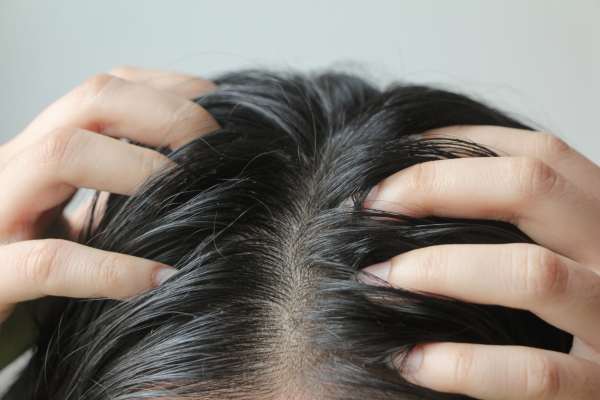
The natural oil produced by your scalp, known as sebum, is essential for keeping your hair moisturized and protected. However, the amount of sebum produced can vary greatly from person to person. Individuals with an oily scalp may find the need to shampoo more frequently to prevent the hair from looking greasy and to maintain scalp health. Conversely, those with a dry scalp produce less sebum and may benefit from less frequent shampooing to avoid further drying out their shave and scalp.
2. Hair Texture
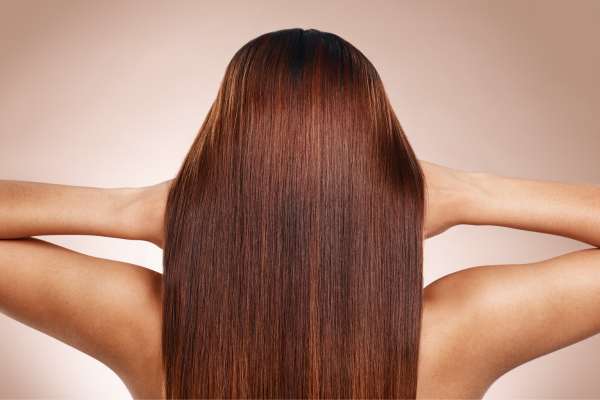
The texture of your shave also significantly affects how often you should shampoo. Fine or straight hackle textures may become oily more quickly because oil can easily travel down the shave shaft, necessitating more frequent washing. On the other hand, curly or coarser hair textures tend to be dryer as the oil does not spread as easily throughout the shave, meaning less frequent shampooing is needed to maintain moisture levels and prevent dryness.
3. Lifestyle and Activity Level
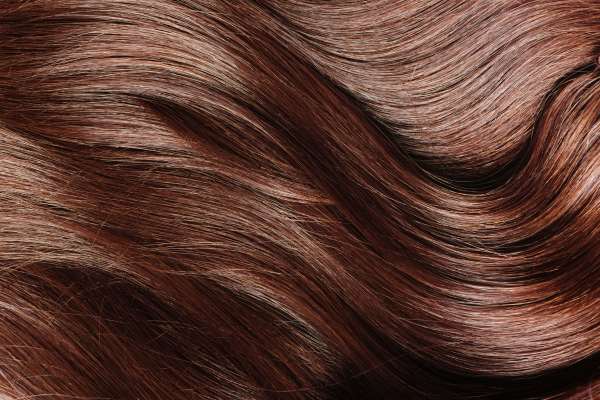
Your daily activities and lifestyle choices can also impact how often you should shampoo. Regular exercise and physical activity can increase sweat and oil production on the scalp. Requiring more frequent washing to remove build-up and maintain scalp hygiene. Environmental factors, such as exposure to dust, pollutants, and other external elements, can also necessitate more frequent shampooing to keep the hair clean and healthy.
The Importance Of Choosing The Right Shampoo
Choosing the right shampoo is paramount in maintaining the health and appearance of your hair. The correct formula can help address your specific shave concerns, such as oiliness, dryness, or sensitivity, and ensure that your hackle remains balanced, healthy, and vibrant. Shampoos are formulated with various ingredients tailored to different shave types and needs. Making it essential to select one that aligns with your hair’s characteristics and your scalp’s requirements. For example, shampoos for oily shaves are designed to effectively remove excess oil without stripping the shave of its natural moisture, whereas formulas for dry hair focus on hydration and nourishment. Additionally, using the appropriate Purple shampoo do can prevent issues like scalp irritation, dandruff, and shave breakage, contributing to overall hackle wellness.
Recommended Shampoo Frequency By Hair Type
1. Oily Hair
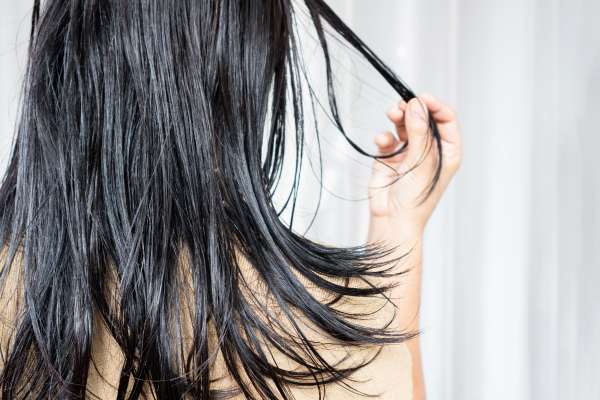
You might need to shampoo more frequently to manage excess sebum production. Daily washing or every other day can help keep oil levels in check and prevent your shave from looking greasy. Look for shampoos that are specifically designed for oily hackle, as they can cleanse the scalp effectively without over-drying.
2. Dry Hair

For those with dry hackle, less frequent shampooing is advisable to avoid stripping away the hair’s natural oils, which are vital for moisture. Shampooing once or twice a week is often sufficient. It’s important to use moisturizing or hydrating shampoos that contain ingredients designed to nourish and restore moisture to the shave strands.
3. Normal Hair
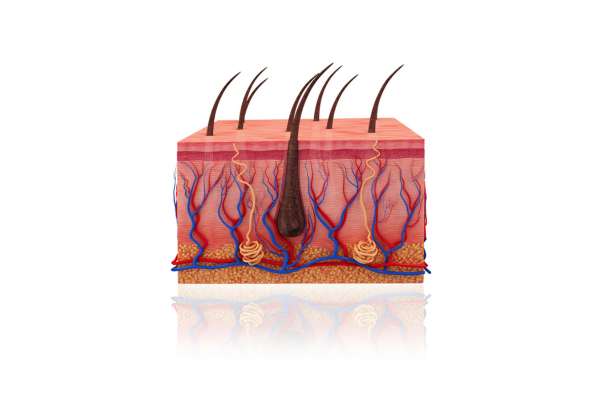
Individuals with normal hackle, characterized by a balance between oiliness and dryness, have the luxury of a more flexible shampooing schedule. This hair type is not excessively oily or dry, maintaining a healthy appearance with minimal effort. For normal shave, shampooing every two to three days is typically sufficient to keep the shave clean and vibrant without overstripping natural oils. Using a mild shampoo designed for regular use can help maintain this balance, ensuring the shave remains healthy, shiny, and manageable without the need for daily washing.
4. Curly or Coily Hair

Curly or coily hackle types often require a unique approach to shampooing due to their natural tendency towards dryness. The spiral shape of curls makes it harder for natural oils to travel down the shave shaft, leading to less natural oil coating and, therefore, dryer strands. For these hackle types, shampooing once a week or even less frequently is recommended to prevent moisture loss. It’s important to use shampoos that are specifically formulated for curly or coily shave, focusing on hydration and nourishment. Ingredients like natural oils, butters, and other moisturizing agents can help maintain the hair’s natural moisture balance, enhancing curl definition and preventing frizz.
Signs You’re Shampooing Too Often Or Not Enough
1. Over-Shampooing

Shampooing your hackle too frequently can strip it of its natural oils, leading to several noticeable issues. Signs of over-shampooing include:
- Dry, Brittle Strands: If your shave feels unusually dry or breaks easily. It might be due to the loss of natural oils that keep it moisturized.
- Scalp Irritation: An itchy, flaky, or overly dry scalp can also indicate that you’re washing your shave too often, stripping away the protective sebum layer.
- Dull Hair: Over-washing can remove the hair’s natural shine, leaving it looking dull and lifeless.
- Increased Frizz: Without its natural oils, your shave may become frizzier, especially in humid conditions.
Adjusting your shampooing frequency and using a milder shampoo can help restore your hair’s natural balance and improve its overall health.
2. Under-Shampooing
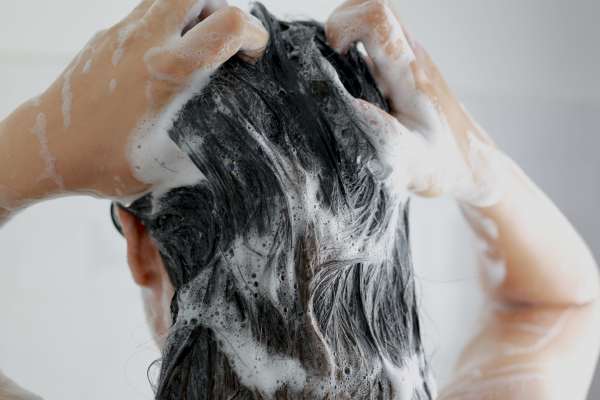
Not washing your shave often enough can also lead to problems. As it allows oil, dirt, and product buildup to accumulate. Signs of under-shampooing include:
- Oily, Greasy Hair: An obvious sign of under-shampooing is shave that looks or feels oily. And greasy, even after brushing or styling.
- Itchy Scalp: Buildup on the scalp can cause discomfort and itchiness, as well as contribute to dandruff.
- Lack of Volume: Hair that isn’t shampooed frequently enough may lack volume and appear flat. As oils and buildup weigh it down.
- Unpleasant Odor: Accumulation of sweat, oils, and environmental pollutants can lead to an unpleasant scalp odor over time.
Increasing the frequency of your shampooing and choosing a shampoo. That effectively removes buildup without stripping the hackle can help mitigate these issues.
Tips For Healthy Hair Beyond Shampooing
1. Conditioning
Regular use of a conditioner is essential for keeping your shave soft, manageable, and hydrated. Conditioners work by smoothing down the hackle cuticle, making your hair look shiny and feel smooth. For those with dry or curly shave types, deep conditioning treatments can offer extra moisture and repair damage. Leave-in conditioners are a great option for providing continuous hydration and protecting against environmental stressors throughout the day.
2. Protective Hairstyles
Styles that minimize exposure to environmental damage and reduce tension on the hair follicles can help prevent breakage and promote growth. Braids, buns, and twists are examples of protective hairstyles that keep your ends tucked away and minimize friction from clothing, pillowcases, and other surfaces. It’s important to avoid pulling your hackle too tightly, as this can lead to hackle loss and damage over time.
3. Regular Trimming
Getting your hackle trimmed regularly is crucial for removing split ends. And preventing them from splitting further up the hair shaft, which can result in brittle, weak hackle. A trim every 6-8 weeks is recommended for most hackle types, although. The frequency can vary based on your hair’s health and growth rate. Regular trims help maintain the hair’s shape and volume, contributing to its overall healthy appearance.
Conclusion
Achieving and maintaining healthy hair is a multifaceted endeavour that goes beyond simply selecting a shampoo and determining how frequently to use it. Incorporating additional steps such as conditioning, employing protective hairstyles. And getting regular trims are all crucial components of a holistic hackle care routine. These practices work together to protect your hair from damage, keep it hydrated. And ensure that it remains strong and vibrant. It’s important to listen to your hackle and scalp’s unique needs. Adapting your routine as necessary to address any changes or concerns that may arise. By taking a comprehensive approach to hackle care. You can ensure that your hackle stays healthy, looks great, and feels wonderful, reflecting the care and attention you give it.
